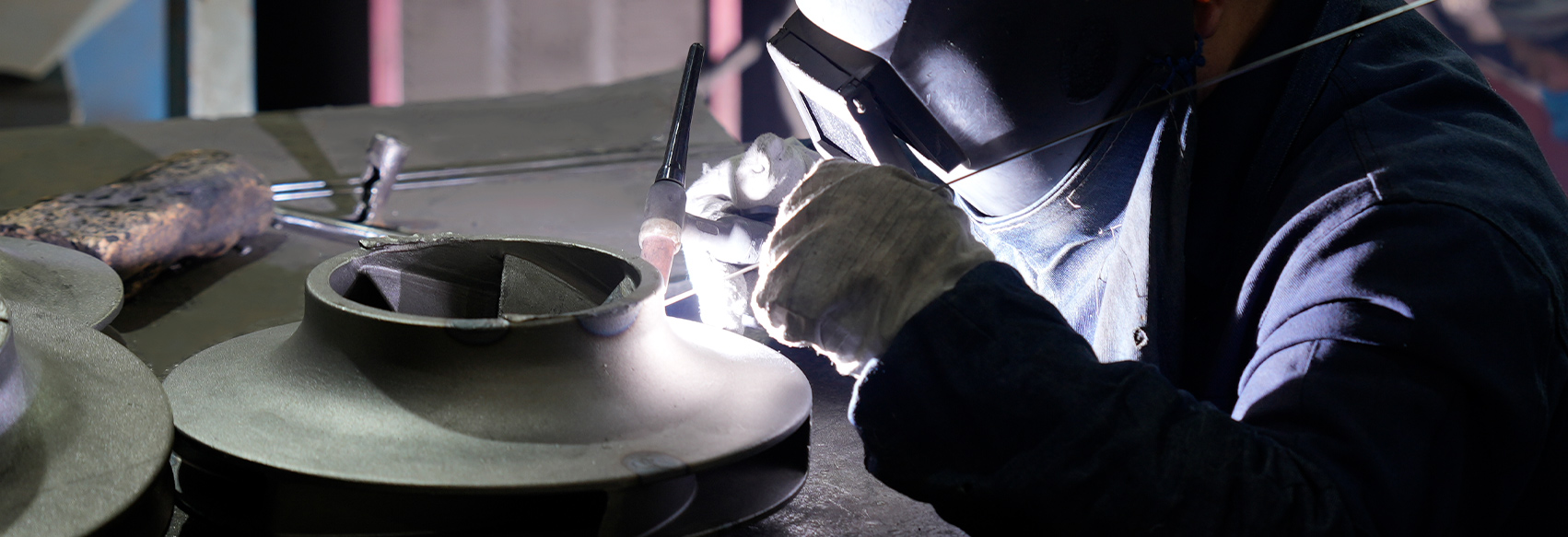
What are the steps in the heat treatment process of stainless steel cast pipes
As a key component of modern industrial piping systems, cast stainless steel pipes are widely used in chemical, petroleum, shipbuilding, power and other fields. Excellent corrosion resistance and mechanical properties determine its reliability in harsh environments. Heat treatment process is a key link in improving the performance of cast stainless steel pipes, which directly affects its microstructure, mechanical properties and corrosion resistance.
Purpose and importance of heat treatment
During the casting process, cast stainless steel pipes often have problems such as internal stress and uneven microstructure due to uneven cooling rate and coarse organization. Reasonable heat treatment process can eliminate casting stress, refine grains, evenly distribute tissues, and improve mechanical properties and corrosion resistance. Especially for austenitic stainless steels, such as 304, 316, etc., heat treatment can improve the ability to resist pitting and intergranular corrosion and extend the service life of pipe fittings.
Detailed explanation of heat treatment process steps
1. Preheating treatment
The preheating temperature is generally controlled at 400℃~600℃. The main purpose is to relieve the thermal stress inside the casting and reduce the risk of cracks during subsequent heating. The preheating time depends on the pipe diameter and wall thickness to ensure that the temperature penetrates evenly into the casting.
2. Solution annealing (solution treatment)
Solution annealing is the core step to improve the performance of stainless steel cast pipes. Usually the heating temperature is controlled between 1040℃~1120℃, and a certain time is maintained to allow the carbides to completely dissolve into the matrix and eliminate the precipitation phase and segregation phenomenon. Uniform heating is the key to avoid local overheating or underheating.
The advantages of this step are:
Eliminate internal stress, reduce brittleness, and improve toughness.
Enhance corrosion resistance, especially prevent intergranular corrosion.
Refine the grain structure and improve mechanical properties.
The holding time is generally determined according to the wall thickness and size of the cast pipe, usually 1~3 hours, to ensure sufficient heat conduction.
3. Rapid cooling (quenching)
After solution annealing, rapid cooling is required, usually by water cooling, oil cooling or air cooling. Rapid cooling can prevent carbides from re-precipitating and lock the solid solution state.
The cooling rate directly affects the microstructure and performance of stainless steel:
Cooling too slowly can easily lead to carbide precipitation and reduce corrosion resistance.
Cooling too quickly may cause thermal stress, which needs to be reasonably controlled.
In professional production, choose a cooling method suitable for product specifications to ensure stable performance of pipe fittings.
4. Low temperature tempering (optional)
Some stainless steel cast pipes with special requirements will be tempered at low temperature, and the temperature is generally 150℃~300℃. The purpose is to further eliminate residual stress, improve the toughness and plasticity of the pipe, and avoid micro cracks during use.
Heat treatment equipment and process control
The heat treatment of stainless steel cast pipes mostly uses an atmosphere protection furnace or a vacuum furnace to prevent oxidation and decarburization during heating. The automated temperature control system ensures that the temperature of the heating and cooling process is accurate and stable, and the product performance consistency is guaranteed to the greatest extent.
The heat treatment parameters are strictly implemented in accordance with material standards and design requirements, such as ASTM A351, A743, etc. In process control, the temperature curve, insulation time, and cooling rate are all specified in detail to ensure that each batch of products meets the design performance indicators.
The role of heat treatment in improving product performance
After scientific heat treatment, cast stainless steel pipes have the following significant advantages:
Improved mechanical properties: The tensile strength and yield strength are significantly improved, and the ductility is enhanced to meet the requirements of harsh working conditions.
Enhanced corrosion resistance: Intergranular corrosion, pitting corrosion, and crevice corrosion are significantly reduced, ensuring long-term stable operation of the pipeline in acid, alkali, and high-salt environments.
Relief of internal stress: Eliminate the residual stress generated during the casting process, avoid product deformation and cracking, and improve safety in use.
Improved surface quality: The uniform organizational structure makes the pipe surface smoother, which is convenient for subsequent processing and installation.

- Can heat treatment furnace parts be used for extended periods in reducing or protective atmospheres?
- How do heat-resistant steel castings maintain strength and stability in high-temperature environments?
- Are heat-resistant steel pipes prone to oxidation, creep, or cracking at high temperatures?
- Why has centrifugal casting become the preferred process for high-precision parts?
-
Research on configuration scheme and maintenance management of heat treating furnace parts for industrial applicationsReasonable configuration of heat treating furnace parts from the perspective of process adaptation Match the material properties of accessories according to the type of heat treatment There are many t...VIEW MORE

-
What are the advantages of using Stainless Steel Cast Pipe over traditional cast iron pipes in industrial applicationsIntroduction to Stainless Steel Cast Pipes and Cast Iron Pipes In the industrial piping world, two of the most commonly used materials are stainless steel cast pipes and cast iron pipes. Both material...VIEW MORE

-
Heat-resistant steel pipe: core material that provides stable support for high temperature environmentsImportance of Heat-resistant steel pipe Material requirements in high temperature environments In modern industry, the performance of materials directly determines the safety and efficiency of equipme...VIEW MORE





 English
English Español
Español عربى
عربى